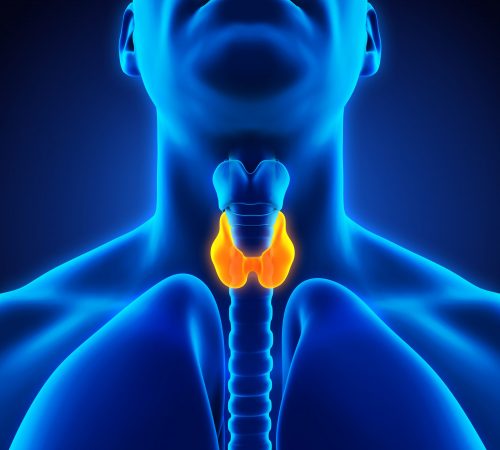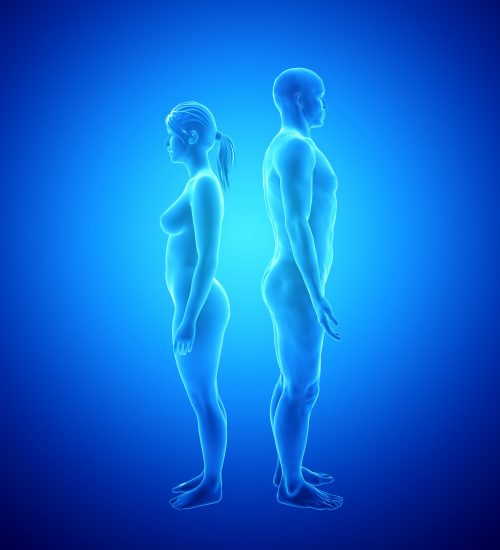Why Address Late Onset Male Hypogonadism?
Hormone Replacement Therapy (HRT) is common practice for hormone deficiencies within the medical community as hormone optimisation can have a marked effect on the body as a whole, as hormones influence all cells within the body. It is widely accepted that normalisation of hormonal levels will improve your overall health and allow normal physiology to resume. This can be measured by quantitative and qualitative indicators.
It is common medical practice to offer females HRT when they suffer from symptoms and signs of ovarian failure before the normal expected age of the menopause. There is a defined point in their timeline when the ovaries fail and they are no longer fertile. We do however commence HRT before this defined point if females have symptoms and signs of oestrogen withdrawal without blood test analysis.
There are well established benefits offering patients experiencing hormone related symptoms and signs HRT up until the typical age of menopause. Females can also continue HRT after this period with informed consent if the benefits of continuing treatment outweigh the risks of stopping it. There is a level of autonomy placed into the patient’s decision to continue treatment with the agreement of the prescriber.
Males do not have a definitive cut off point where their testicles fail to produce Testosterone, instead they have a gradual decline in Testosterone production typically occurring after the age of 40. This can happen sooner due to Late Onset Male Hypogonadism. There are numerous reasons why this occurs but past history of Performance Enhancing Drugs (PEDs) usage is a major risk factor for this as it disrupts the normal physiological feedback mechanisms that control hormone production. Sometimes this decline is irreversible causing symptoms and signs of low Testosterone.
The Andropause is an underutilised term in UK medical practice. As males age their Testosterone levels gradually decline as the testes produce less Testosterone. An increase in Sex Hormone Binding Globulin (sHBG) decreases the amount of bioavailable Testosterone in the body, preventing it from being utilised by the cells.
Symptoms of low Testosterone include lethargy, low mood, loss of lean muscle mass, increased visceral body fat, decreased bone mass, decreased libido, erectile dysfunction.
The obvious benefits include increased energy, improved mood, increased lean muscle mass, decreased body fat, increased bone mass, improved sex drive and erectile function. These can be measured both in a qualitative and quantitative manner.
It seems counterintuitive that we prescribe HRT to females without laboratory confirmation of a quantitative reduction in Oestrogen levels but yet we do not routinely offer Testosterone Replacement Therapy (TRT) to men when we can actually identify a quantitative drop.
It is not a common practice in UK to perform a male hormone profile or to offer Testosterone replacement therapy. Late Onset Male Hypogonadism is a recognised medical condition and the British Society for Sexual Medicine has set out guidelines for its management.
Here at Preventative Health Doctors we will optmise your Testosterone levels to within normal physiological levels under medical supervision to enhance quality and quantity of life.


